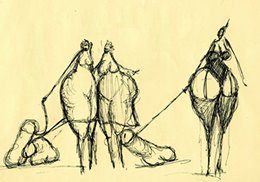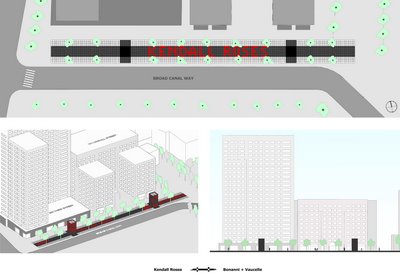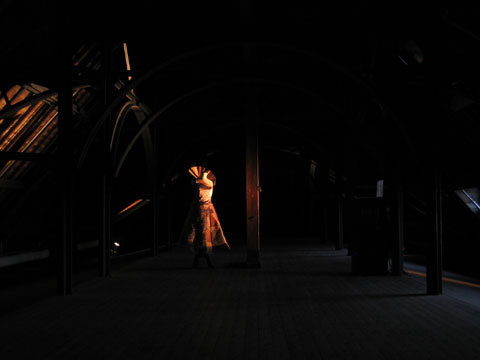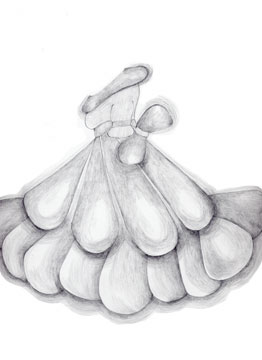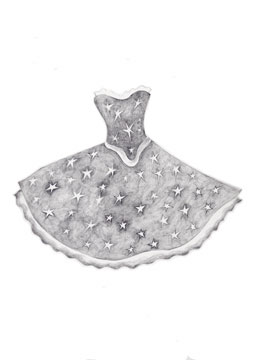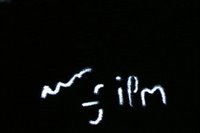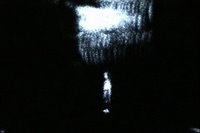If you’re new here, you may want to subscribe to my RSS feed to receive the latest Architectradure’s articles in your reader or via email. Thanks for visiting!

The spirit of CHI 2006, full of colors, nice people and nice food. This picture features Matt and I, and I must admit Leo has taken the best picture of all!
So I am in Montreal for the CHI’06 conference. I present with Leo two of our collaborative projects Playpals and Taptap.I attended the Real World Design Solutions session and was impressed by the
Experience Report on The Design of a Tangible Interaction Device to Alleviate Anxiety and Pain in Paediatric Burns Patients talk presented by Sam Bucolo from Queensland University of Technology Australasian CRC for Interaction.
News from the CRC on this project
One of the author presented a case study on the design of a tangible media device to alleviate anxiety and pain in pediatric burns patients. He worked with a multidisciplinary interaction design team throughout the research. He presented his encouraging results of an initial study of the device within a clinical trial.

The initial design sketches from the paper
The main questions on that work for me is to know how the mechanism work, if it is ‘distraction’ that patients experienced or if this is another mechanism. What if the graphics displayed on the screen were not aesthetically pleasing, would this aspect change the results of the study? The novelty of the device, its amazing graphics and scenarios maybe have impacted the results. ALso maybe the kinesthetic experience can impact the patient in a different manner than just ‘distraction’ that can be done by interacting with any kind of device.
This is to me an interesting step in building devices for hospitals in the form of a psychological support to strong pain killers medicaments.
 Walltherapy is research on design methodology for bespoke, end-user created designs that can have a positive effect on their environment. Based on research that states that ambient color, light and texture can affect mood, Walltherapy invites anybody to use their favorite colors to create their own environment.
Walltherapy is research on design methodology for bespoke, end-user created designs that can have a positive effect on their environment. Based on research that states that ambient color, light and texture can affect mood, Walltherapy invites anybody to use their favorite colors to create their own environment.






